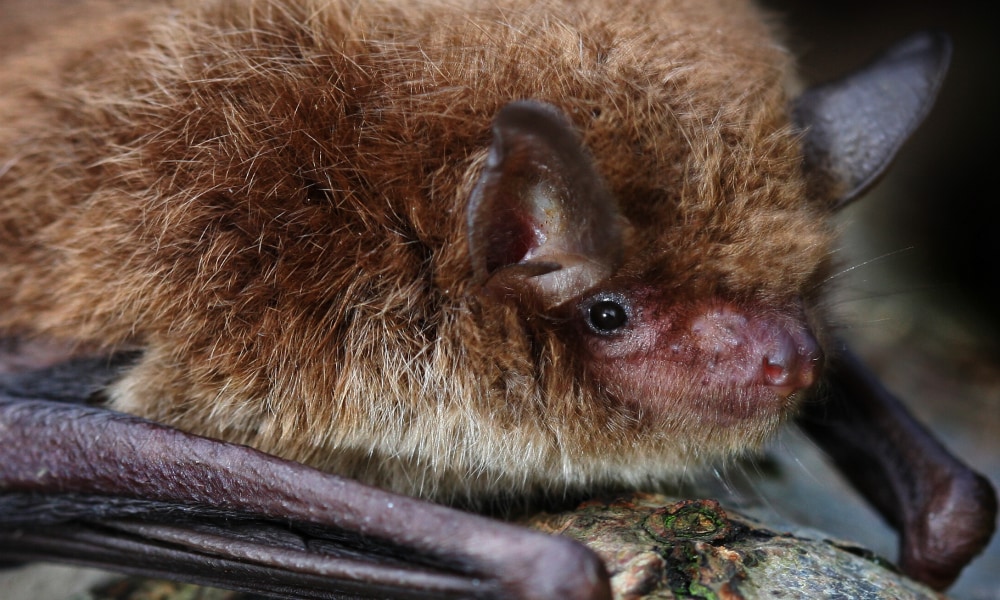Situations and Solutions
Bats in the attic or wall: Bats may be attracted to these areas because they are dry, warm, and dark. Once their entrance location has been found, eliminate access by following these steps:
- Close off all but one access to the den area.
- Brightly light the area using a trouble light during day and night. (This is annoying for nocturnal mammals.) If lighting the area does not work try cooling the area down with fans. Using ultrasound devices with high frequency sound may drive the bats out. Chemical repellents are a last resort as they can be harmful to the bats.
- When you know the bat has definitely left the space, close the opening with caulking or screening.
- Do not attempt to remove bats during the summer months because young still unable to fly may be trapped inside and die. This is inhumane and may cause odour problems.
- If you seek professional help, seek a bat exclusion expert instead of an exterminator.
Single bat trapped in the house: When disoriented, bats may accidentally enter a house through a window or open door. Close off all doorways to a room and open the window. The bat will usually depart on its own. If the bat does not leave on its own, approach the bat slowly so you don’t startle it and gently place a jar or can over the bat. Slide a stiff piece of paper over the opening and release the bat outside.
Sick bat on the ground: The bat may be diseased, possibly with rabies. More likely though, it has been injured by a window, cat, or vehicle. Unless you are positive it is dead, avoid touching a bat on the ground. Use great care as bats are wild animals and may try to bite. Never pick up a bat bare-handed; use thick leather gloves. Rabies can be transmitted through their saliva and if you are bitten you may be at risk. Call a wildlife hospital for assistance.
Due to continued loss of bat habitat and growing knowledge of the bat’s role in controlling insects, many people are beginning to install bat houses on their land. Bat houses are available at the Medicine River Wildlife Centre in the gift shop. Instructions on how to build them can be found online. Bat houses must be secured to a tree trunk or side of the building at least 3.5 to 6m above ground. The house should be placed in an area that will receive morning sun but afternoon shade. Bat houses should be placed within 0.8 km of a water source where insect populations are high. Although sometimes occupied within a few weeks, bat houses are usually occupied within 2 years after they are place.
The most common bats found in Alberta are the Little Brown Bat and the Big Brown Bat. Bats are the only mammal capable of true flight. Their wings are actually membranes of stretched skin. Females usually have just one young per year and have been know to act as midwives for each other. Bats are nocturnal and feed primarily on insects, estimated to eat up to 3,000 insects in a single night. Contrary to popular myths, bats have good eyesight, they don’t get stuck in your hair, and no Alberta bats suck human blood.


